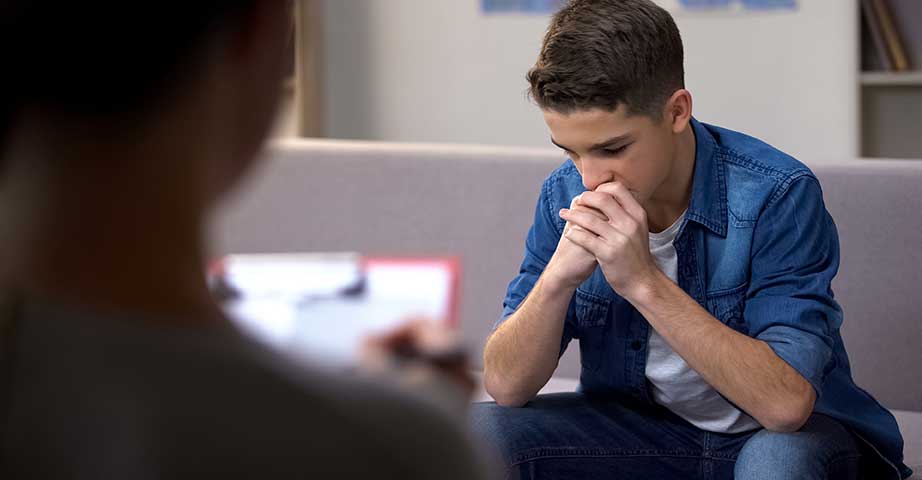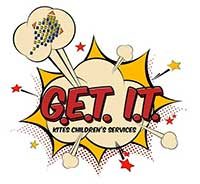
We Work Very Hard To Show The Young People We Care For Them
We believe strongly that therapy can only fully take place when each young person has a continual experience of being valued, respected, cared for, and safe.
When young people come to Kites, they bring with them feelings of low self-worth, fear, anger and sadness. Some have been traumatised by years of by situations they have found terrifying. In addition, they have a deep sense of shame for what they have done to others.
If the young people are going to be able to address these difficulties, they must first and foremost live in a nurturing and stable environment, which allows them to know they appreciated for being who they are.
We Are Serious About Working Together
Home, school, therapist, social worker and young person all collaborate together at the same time to produce a series of therapeutic goals. Such an holistic and open way of working is vital in establishing and maintaining strong relationships which engender trust and cultivate positive change.
With the young person’s approval, Key Workers join the young person’s individual therapy sessions periodically, to ensure that we all continue to focus on the same aims.
School, home and therapy are in continual contact in order to share relevant information pertaining to the young peoples’ well-being and emergent needs.
We Know A Lot About Assessment
We have created a rigorous assessment framework called the ARTN. (Assessment of Risk and Treatment Needs) which has evolved from our experience of this specific field of work over the last 20 years or more. It combines the common themes of four risk assessment frameworks which are designed exclusively for young people who have sexual development difficulties, PROFESOR, ERASOR, J-SOAP, and J-SORRAT.
Also included are items which appear in the AIM assessment framework and various factors which have appeared in contemporary research on the subject of young people and sexual development difficulties.
We combine this with tests and measures which are selected specifically for each individual young person. This is used in conjunction with interviews with the young person and his parents/ carers and information from sources such as Social Services and CAMHS. assessment
Within the first 12 weeks of a young person being placed in Kites, an Assessment of Risk and Treatment Needs (ARTN) report is completed. This is a comprehensive assessment which explores the young person's background and the context of the harmful sexual behaviour. (HSB) The report outlines a treatment plan having first assessed the young person's potential for further involvement in HSB. The completion of the report within a 12 week time frame does depend on the young person's learning ability and whether we have received all required information from the Local Authority, such as previous psychological and Social Worker assessments, Young Person's Chronology, and any legal reports. Any delay in the completion of the report will be communicated to the Local Authority as soon as it becomes evident.
Completing such assessments can mean that hitherto unknown information is revealed, and this can have a bearing on outstanding criminal and family court matters. We endeavour to ensure that the young person and his social worker are kept informed of these issues. The limitations of confidentiality are explained frequently to the young person throughout the assessment and therapy process.
G.E.T. I.T
Have a look at the sample of the GET IT report on the website. The young people work with their Social Worker, Key Worker, Therapist, and Head Teacher to complete the risk formulation and all the therapeutic goals. Having one set of goals per section makes it achievable for the young people, helps keep a focus and helps keep it memorable.
Each goal relates to areas of risk of potential for further involvement in harmful and is supported by evidence led models such as the Good Lives Model and Thrive to help the young people aim for a successful future.
Individual Therapy
All young people have individual therapy every week usually for an hour. Sometimes this is increased when the need arises. The therapists are qualified, highly experienced in this specific field of work and are skilled in helping the young people to stay motivated toward change.
It is not possible to keep to one single mode of therapy or even say which one is used mostly.
Everything depends on the young person’s style of learning and response. Sometimes it is necessary to use models from different approaches in one session.
Above all else it is vital that the young people know that their immediate psychological and emotional needs are being responded to and if a suitable psychotherapeutic approach will help then that is what we use. Typically, the therapist will draw from approaches including but not limited to:
- Psychodynamic theory
- Cognitive Behavioural Therapy including Rational Emotive Behavioural Therapy
- Eye Movement desensitisation and Reprocessing (EMDR) and non-mindful trauma therapies
- Brief and solution focused therapy
- Transactional Analysis
- Systemic Family Therapy
- Psychodrama
- Play therapy
- Gestalt therapy
Group Therapy
The program consists of fourteen modules associated with meeting primary needs, with each module being addressed over 4 group sessions.
The program is facilitated by a Kites Child Psychotherapist and Senior Residential Staff member.
Whilst the program is formal in atmosphere and includes expectation that the attendees engage in detailed exploration of their behaviours, feelings and needs; the activities within the program are facilitative and fun for the young people.
The program is part of the Kites GET IT initiative which aims to develop young people’s understanding into themselves and others, improve social skills and emotional literacy; whilst enabling them to identify and functionally meet the implicit needs within their past unsafe or anti-social behaviour; thus, providing them with improved ability and opportunity to move forward constructively in their lives and relationships.
Whilst honest exploration and communication is encouraged within the group, there is no expectation that young people must share detail of their harmful behaviours or victim history as part of the program.
Drama Therapy
Is an active, experiential approach to facilitating change. Through storytelling, projective play, purposeful improvisation, and performance, participants are invited to rehearse desired behaviours, practice being in relationship, expand and find flexibility between life roles, and perform the change they wish to be and see in the world. Drama therapy uses play, embodiment, projection, role, story, metaphor, empathy, distancing, witnessing, performance, and improvisation to help people make meaningful change.

